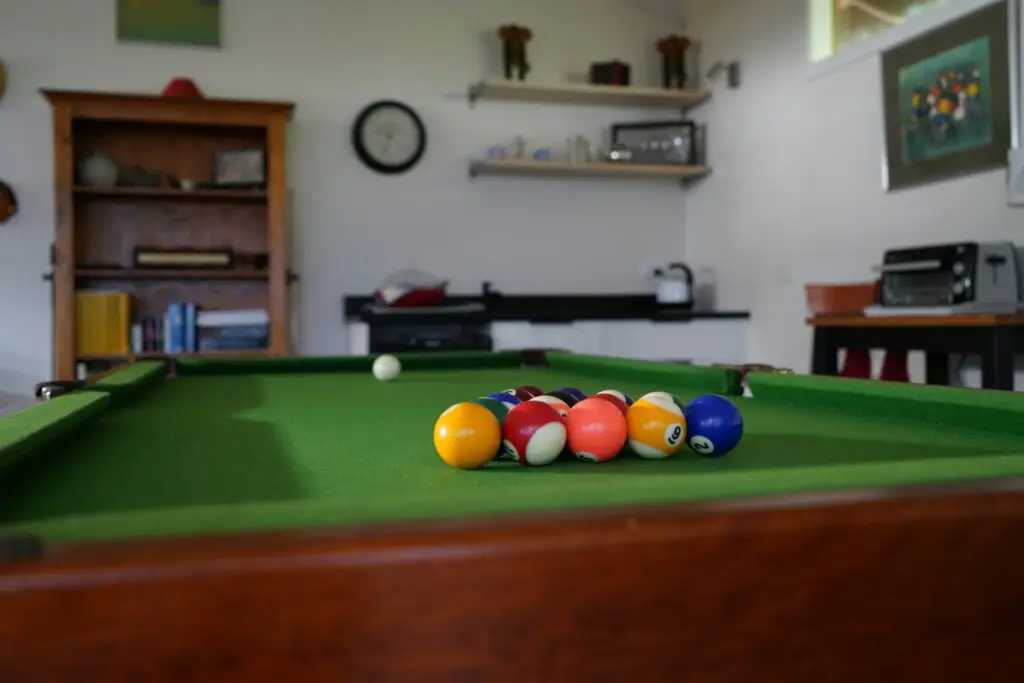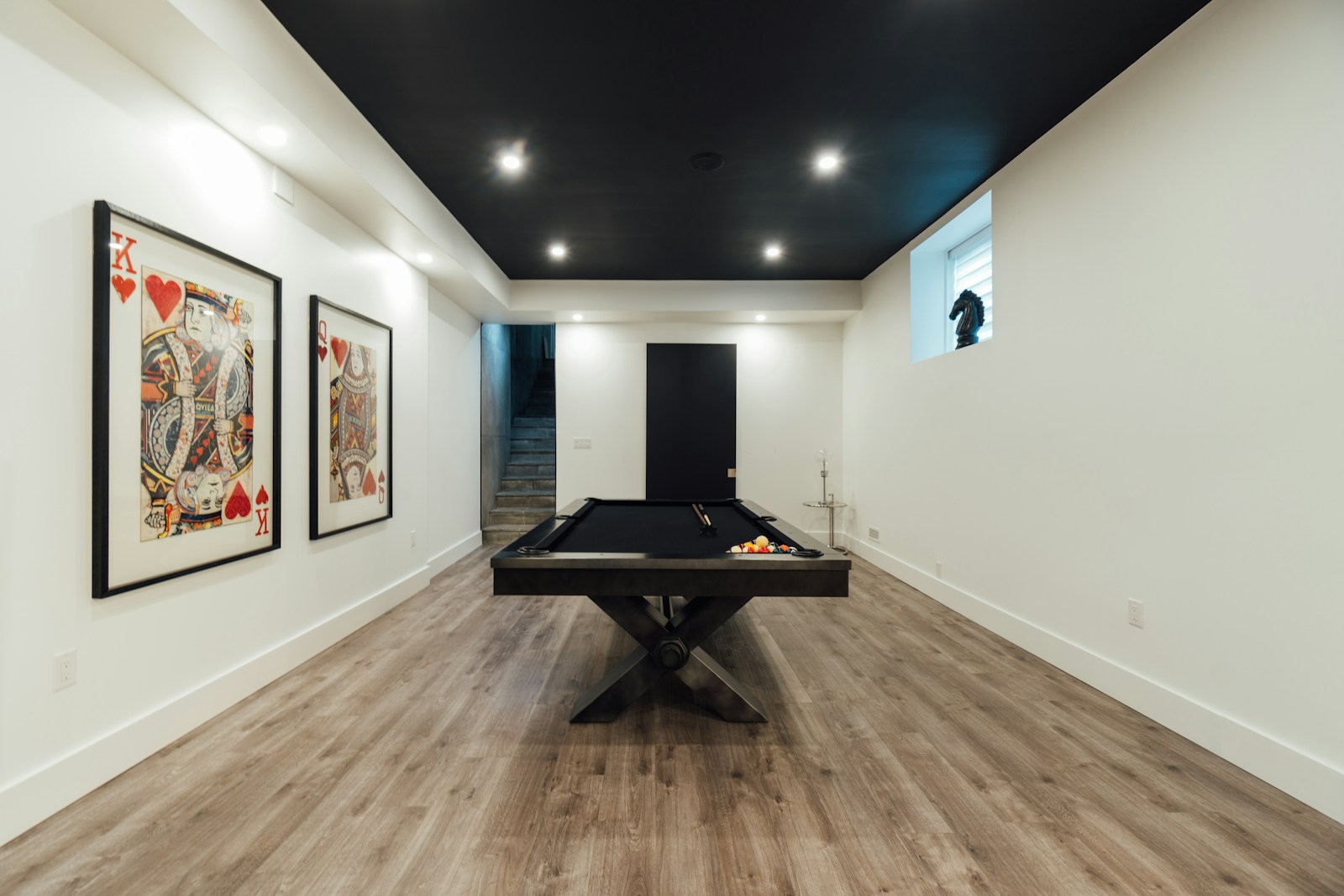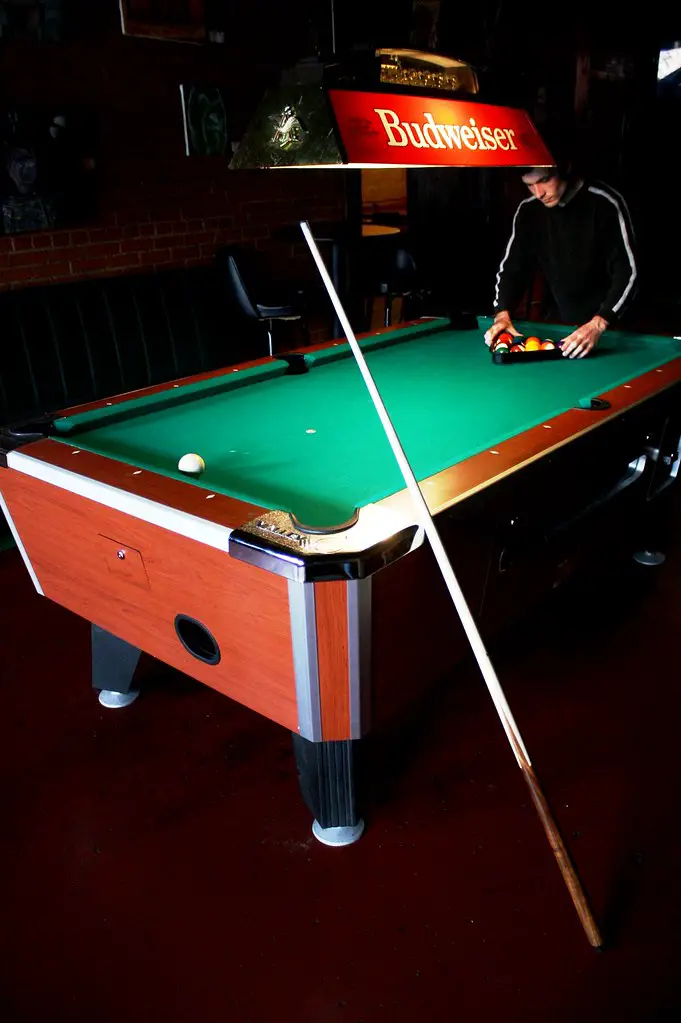
Understanding Regulation Billiard Table Sizes
For billiards enthusiasts, the clack of balls and the carefully leveled rumble across green felt is the soundtrack of a timeless game of skill and strategy. Yet, the beauty of billiards – in games like pool and snooker – is counterpointed by the precision necessary when it comes to the most fundamental piece of equipment: the table size. Here, we’ll venture into the world of regulation billiard table sizes, exploring why they matter and how they can transform your billiards experience from casual fun to competitive precision.

The Importance of Regulation Billiard Table Sizes
From dimly lit basement dens to the grand halls of professional snooker, the billiards table, in all its incarnations, stands as an icon of leisure and competence. But it’s no mere novelty; it’s a surface designed with specific dimensions to articulate the contours of play in a game where millimeters can make the difference between victory and defeat. Regulation billiard table sizes form the framework for the structure of the games we love, ensuring fair play and fostering an environment where skill can be properly tested.
Standard Sizes: The Bedrock of Billiards Precision
Billiards aficionados are well aware that there is no such thing as “one size fits all” when it comes to tables. Each game – be it American pool, English or Chinese eight-ball, or snooker – has its own standard dimensions that provide the canvas for players to create their magic. Understanding these standards is not just a formality; it’s a necessity for those who want to play with clarity and justice.
Overview of Official Sizes for Pool and Snooker Tables
Pool Tables
A standard American pool table typically measures 9 feet by 4.5 feet, with some variations for amateur and bar play. The bar variety can shrink to 7 feet or extend to 8 feet, but these are exceptions rather than the rule.
Snooker Tables
Snooker, by contrast, demands a much larger space. The standard full-size snooker table is 12 feet by 6 feet, an expanse that gives ample room for the precision and finesse the game demands.
Factors Influencing Size: More Than Just a Table
The choice of billiard table size is not just about conforming to what’s written in a rule book; it’s an intersection of utility and enjoyment. Room dimensions play a critical role, with space constraints often dictating what size table can be accommodated. However, personal playing style also comes into play. Some prefer the tight play of a smaller table, while others relish the broad strokes that a larger surface provides.
Room Dimensions
For home setups, a degree of compromise may be necessary. A good rule of thumb is to allow for a clear space around the table, ideally up to 5 feet on all sides, to ensure unimpeded play.
Playing Style Preferences
Players who favor speed and power might opt for a smaller table, where the pockets are tighter. Meanwhile, those who wish to cultivate a more strategic game might find a larger table better suited to setting and executing complex maneuvers.

Benefits of Regulation Sizes: The Measure of Equitable Play
Why do we need to adhere to standard sizes? The answer lies in the pursuit of a level playing field. Consistency in table size ensures that every game, whether amateur or refined, is not just a roll of the dice, but a true testing ground for the mettle of the competitors.
Consistency in Gameplay
The use of regulation sizes promises uniform conditions, where the tactics and technical prowess of the players are the sole determinants of the outcome. This consistency is the essence of true competition.
Enhancing Skill Development
Playing consistently on standard tables helps in the progressive development of skills. These invariable conditions aid in building muscle memory, precision, and the ability to read subtle angles – attributes that are invaluable no matter the level of play.
Customization Options: Breaking the Mold or Perfecting the Craft
The siren call of customization is strong, particularly in our personal spaces. A billiard table that fits the exact dimensions of our recreational room, or one that complements our architectural design, can seem like the perfect solution. However, customization comes with its own set of considerations and potential trade-offs.
Bespoke Table Sizes
For those with ambition and space, a bespoke billiard table seems a dream fit. However, alterations come with a price beyond the monetary – the integrity of competition can be compromised.
Impact on Gameplay Experience
Changing the size of a billiard table can significantly alter the game. Pocket placements, ball trajectories, and overall play dynamics may need to be re-evaluated, which can be jarring for those accustomed to standard sizes.
Conclusion: A Call to the Green
Billiards is a game of tradition, agility, and mental acuteness. Adhering to regulation table sizes is not about rigidity; it’s a nod to the dedication required to master the sport. By choosing to play on standard surfaces, whether in casual settings or structured tournaments, we are choosing to honor the game’s legacy and maintain an atmosphere where every win is earned outright.
Remember, the table upon which we play is much more than a piece of furniture; it is a stage and a partner in the symphony of billiards. And when the table is true, the game is pure.











